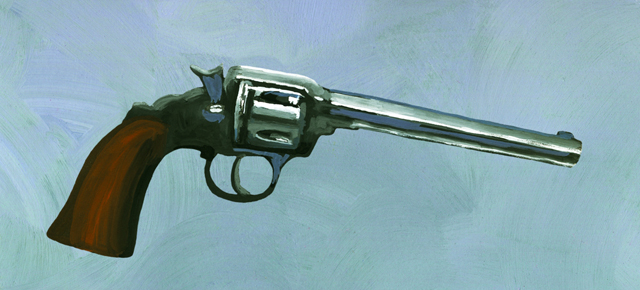
Oscar nominees Amanda Forbis and Wendy Tilby discuss Oscar exposure and creative risk-taking
Oscar nominees Amanda Forbis and Wendy Tilby discuss Oscar exposure and creative risk-taking
A few short weeks ago, 2 NFB films were nominated for Best Short (Animated) at the 2012 Oscars. Wild Life, by Amanda Forbis and Wendy Tilby, was one of them. (The other is Patrick Doyon’s Sunday. You can watch and download both here).
The nomination marked the Forbis-Tilby duo’s second Oscar nod. In 1999, their When the Day Breaks, a film about the irony of loneliness in urban contexts told from the vantage point of a pig called Ruby, had also made the shortlist of that same category.
Though caught in a flurry of media interviews, the nominees gracefully made time to speak to me from their home in Calgary. Between enthusiastic dog barks (the mailman was at the door), Tilby and Forbis, each on a separate phone, warned me no one ever can tell their 2 voices apart. Having already established the truth of that assertion, a minute into the conversation, I decided to take their word for it and not even try.
Carolyne Weldon: Wild Life was just nominated at the Oscars. What does this change for you?
Amanda Forbis & Wendy Tilby: Probably this is a bigger deal for [co-nominee] Patrick [Doyon]. He’s young, and it’s his first film. I don’t want to say it gives you “more weight”, but an Oscar nomination does make everything easier. Within the Film Board, it means more chances of making another film. On the outside, for our commercial work, there are agencies that will care about that kind of stuff. But more than anything, it will give our film exposure. You know, it’s different for short films. If a feature film is nominated, that means millions of dollars in revenue. Not for us. For us, it means more people will see it, something that can be hard for shorts.
That fact alone is very affirming and validating, in that “our work paid off!” sort of way. The film is being seen, and people are “getting it”. Which for us can be hard to believe. Sometimes we’ll ask ourselves: “What sort of egg have we laid?!”
CW: Speaking of people “getting” it, how concerned were you about people not “getting” the end?
AF&WT: *SPOILER ALERT* We were worried about people not getting the ending. It’s a risk. But we preferred that risk to telling the story too boldly. It was very important to us to not be overly graphic. We did not want to show a dead body in the snow. Blue paint on white. We were very adamant on that. We’re aware the whole dénouement can even be seen as bringing in a new level of confusion. The man walking away… people are confused by that. Is he still alive? He’s walking! What is heartening, however, is that the more times people see the film, the more they get it. We didn’t set out to make something hard to understand, something deliberately obtuse. But there you have it.
CW: I spent time in Alaska and the Yukon and I’m somewhat of familiar with these stories of men setting out on foot and marching towards their freezing death, in the dead of winter. Do you feel the film can be understood by someone who doesn’t have that regional consciousness? Like say, Québécois people, or Europeans?
AF&WT: We knew we were making a “regional film”. We wanted to make a film about the immigrant experience, to show what it’s like to settle in a new place, as a first generation immigrant. I always wanted to illustrate the loneliness of the Prairies, the wide expanse of it, all that space, and silence. Can the Europeans picture that? I don’t know.
CW: Maybe the Germans? They’re obsessed with the Yukon.
AF&WT: Maybe the Germans. The bottom line is you can’t please all the people all the time! But the reality we are depicting is real. We heard about this BC man, a remittance man who lived in a small cabin by himself. This man had invited guests over on Christmas night. To get to his cabin, his 2 guests had to cross a lake by boat. Crossing this lake, they drank all the beer. When they got there, drunk and empty handed, the host was so furious he left. He just walked out. They found him at morning, sitting under a tree, pipe clenched in his teeth, dead as a doornail.
These are also stories about mental illness. Our remittance man had had it. He was going “home”.
CW: What’s next for you?
AF&WT: After finishing anything, we always think we’ll take this nice long deserved break. In reality, this never happens. We have a few ideas. What we’ll need to do now is decide which one we most want to work on. But I can tell you one thing: it’s going to be shorter this time, and quicker.
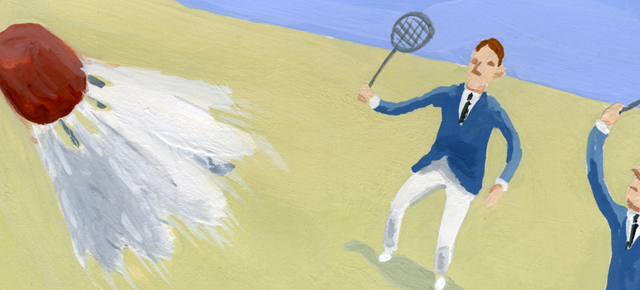
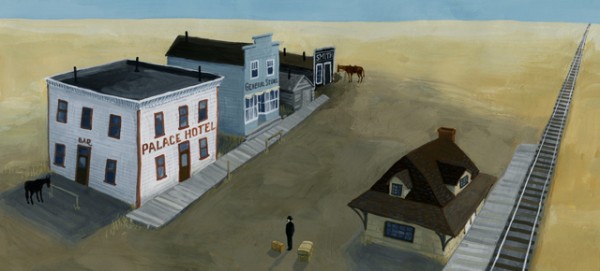
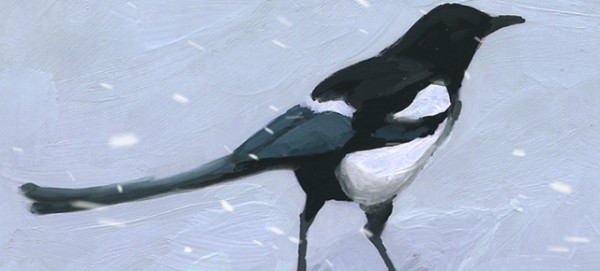



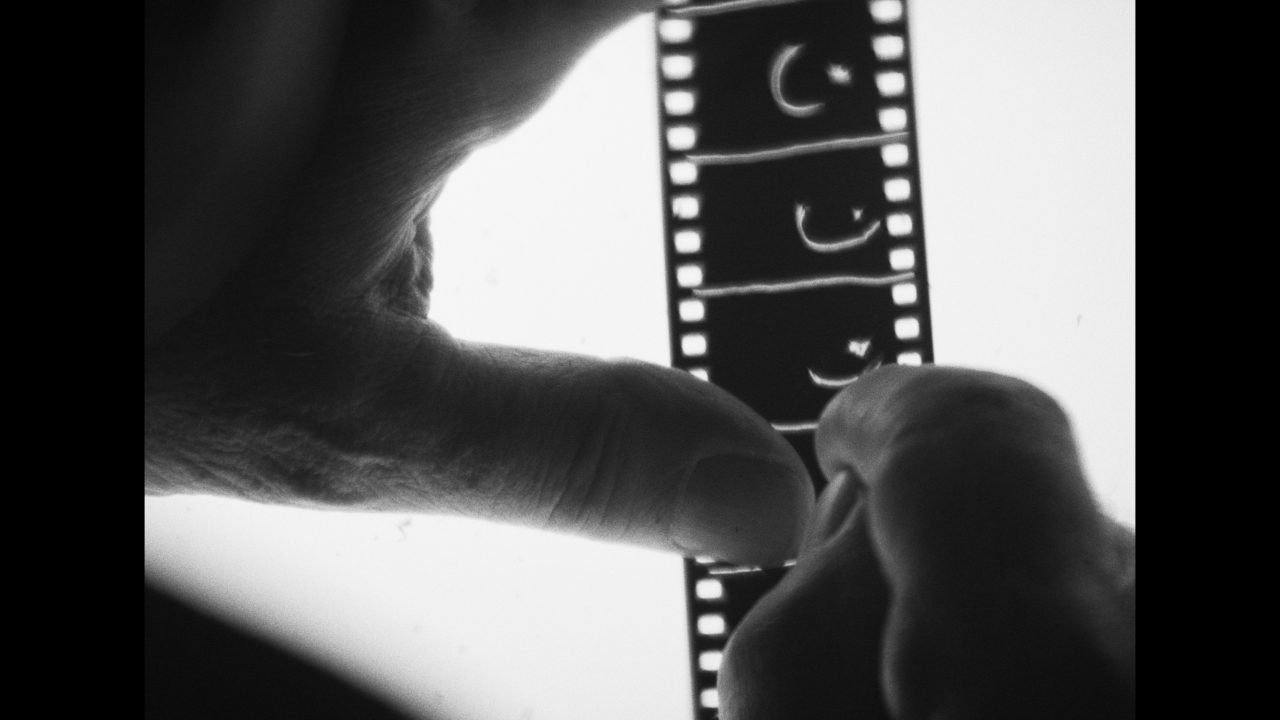
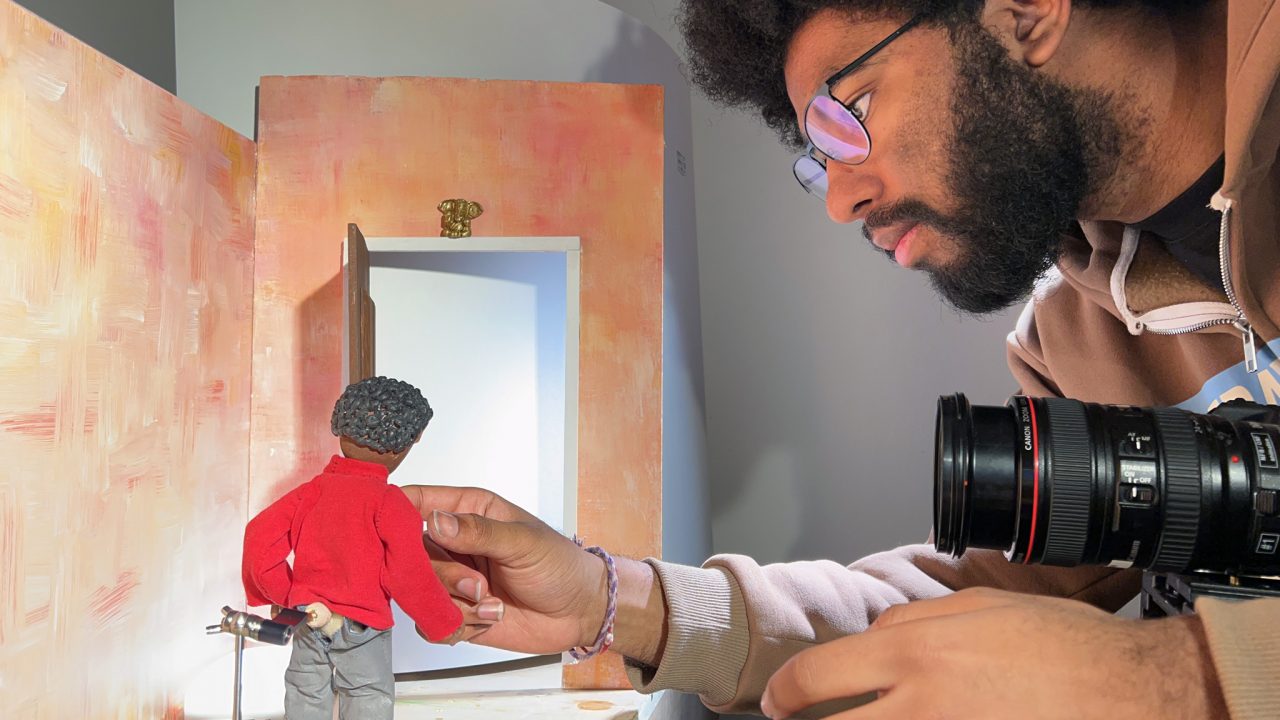
I get the ending.. something very catchy about this little film. I enjoy it very much. I was wondering why the man didn’t try to go to his neighbor’s house. She was cranky about his situation but I think she would have fed him. Although in those conditions perhaps this was too far, but certainly more realistic than trying to get home.